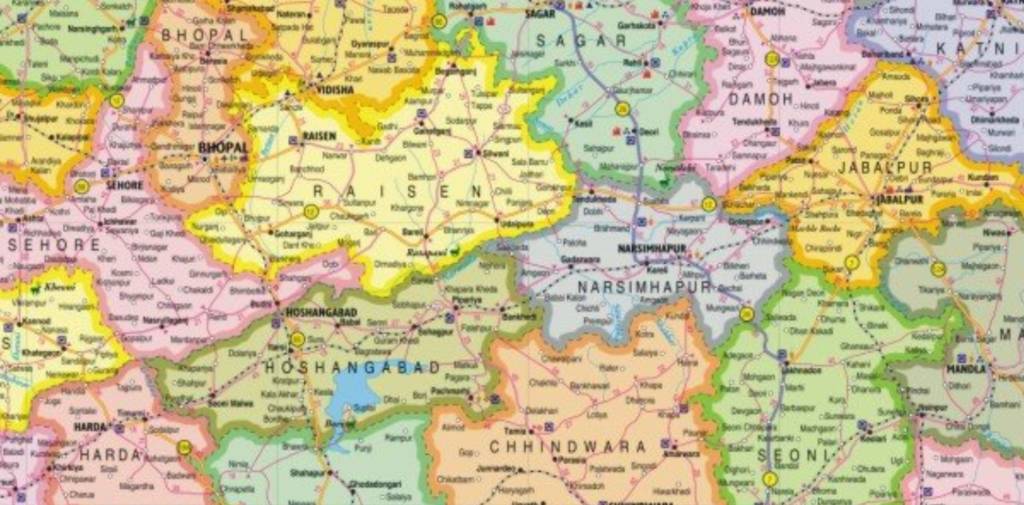Technology has been always at the forefront in the Modi government and the Centre has now undertaken a gargantuan exercise which will map India digitally through the use of drones. It is a Rs. 1,000 crore project which will digitally map the length and breadth of India using drones and validate through foot on street to create a topographic database.
The exercise is being undertaken by the Survey of India, India’s oldest scientific department and has chalked out a five-year plan for the same. The project has been successfully piloted in Haryana, Maharashtra and Karnataka. The exercise will see a fleet of 300 drones, mostly outsourced digitally mapping India while the department also plans to undertake a ground-based survey to corroborate the information before coming up with a high-resolution 3-D map with preference being given to urban areas so that this high-accuracy map could be used for planning and implementing projects.
“The need to have a digital map of India was felt as it would enable better decision making in the government. The map will have all types of records including land details, socio-economic data, road network, etc,” Prof Ashutosh Sharma, secretary to the government (Ministry of Science and Technology) told reporters at Indian Institute of Science on Monday.
In a significant development, one of the first areas being surveyed under this project is the Ganga river basin and is being mapped with an incredible accuracy of 10 cm. The aerial footage captured through the 300 drones will be combined with other data sources and then converted into highly detailed maps using artificial intelligence. It is believed that the maps hence created will be the basis of every development project be it laying down train tracks, roads or building a hospital.
The new maps will present a huge upgrade when it comes to resolution as currently, India has maps having a scale of 1:250000, meaning a 1 cm on the map represents 2500 cm on the ground. The new maps will have a scale of 1:500, meaning 1 cm will represent 5 metres on the ground. The maps are all set to play a pivotal role in rural areas as it will give local authorities accurate data relating to land ownership. In some cases, it is believed this will enable citizens to have verified land-ownership claims leading to the issuance of property titles for the first time.
The exercise will immensely help in mapping the settled habitations in villages of the country. Villagers will finally be able to get property cards and proper legal titles to their lands. “This is unprecedented in the history of independent India and we’ve already executed a project in Maharashtra,” said Girish Kumar, Director-General, Survey of India.
As early as 2021, a whopping 75% of the country — about 2.4 million sq km of the 3.2 million sq km will be mapped under the project. The highly detailed maps will help India to pinpoint problems, find solutions and protect its future. The maps can help in mitigating disasters as it can be used to predict and prevent floods and can also help in ascertaining who’s responsible for the areas of land to tackle illegal mining, logging and forest fires.
This move is unprecedented in the history of independent India as the Centre steps on the gas to digitise India. India can greatly benefit with such a move and the Centre must be lauded to take up this gargantuan exercise.
